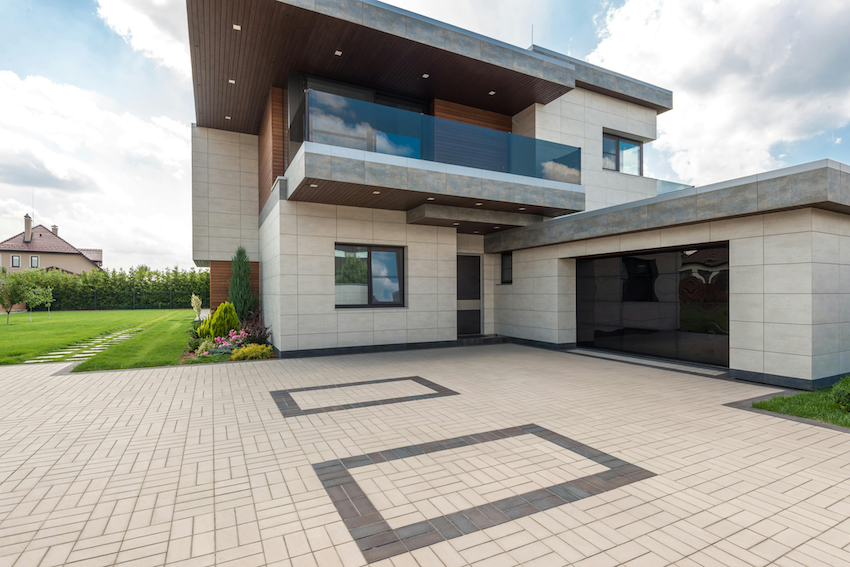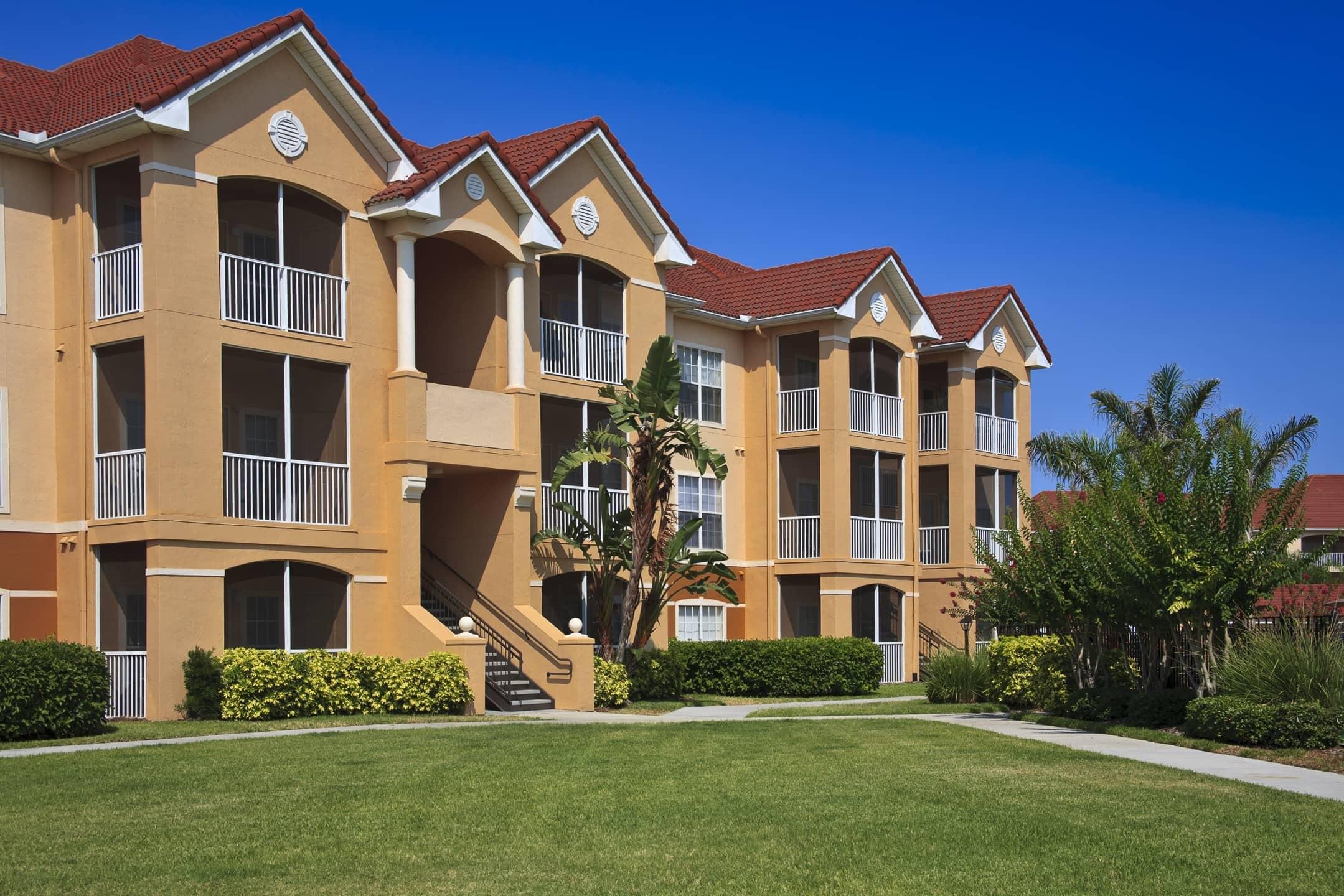Mobile, manufactured and modular: Know your homes!

If you’ve ever wondered exactly what people are referring to when they talk about manufactured, modular and mobile homes, this article will provide the “foundation” of knowledge you’ll need to understand their meanings. The similarities and differences between the three ‘M’s are not so cut and dry, so for a full understanding of what they share and what they don’t, we’ll need to take a step back in time.

It is 1945, and our young country is on the verge of becoming the global superpower it is today. America had committed over 12 million soldiers to World War II, greatly diminishing the country’s work force…
Mobile homes
In order to run the various industrial operations dedicated to the war effort, the U.S. government and big factories set up housing communities for temporary workers, consisting of mobile trailers on acres of land. And for returning veterans looking to get their foothold in the newly defined American dream, the transition from military life into the U.S. workforce was commonly spent in these mobile homes. Because of the heavy demand, they were constructed quickly and poorly, thus giving them a stigma they still carry today. Mobile homes remained popular, however, as a form of inexpensive housing that essentially let people vacation, find work or move to another part of the country, whenever they felt like it. Though the term is still a fixture in everyday conversation, the only true mobile homes are those made prior to June 15th, 1976. And what’s so important about that date, you ask?
Manufactured homes
By the early 50s, mobile homes were becoming longer and wider, looking more and more like homes and less and less like trailers. By the early 70s, they were often being used as permanent residences, clearly shading to one side of the “vehicle” vs. “house” classification. Enter the Department of Housing and Urban Development (HUD). In 1974, the HUD submitted the National Mobile Home Construction and Safety Act (the “HUD code”) to the 93rd U.S. Congress, and saw it pass under President Gerald Ford. The code became effective in June of ‘76, reclassifying “mobile homes” as “manufactured homes” and establishing a new set of quality standards. (You read that correctly—the law was named for the very thing it was officially ending. Go figure.) Along with improving construction and safety standards, the new legislation addressed essential home systems like heating, plumbing, air conditioning and electrical wiring. To be compliant with the HUD code, today’s manufactured homes must feature a steel chassis and welded tongue for direct towing to the eventual homesite, and carry an exterior HUD ID tag and interior manufacturer’s data plate. Apart from mobility, manufactured homes provide important benefits for their occupants: they’re built indoors in a factory setting, thereby minimizing human error that can weaken construction and eliminating the elements and extreme temperatures that can damage materials.
Modular homes
Like manufactured homes, modular homes are also built in a controlled indoor setting. Unlike manufactured homes, their separate sections are built without steel chassis or towing gear, then transported via flatbed trucks to the homesite for assembly. Modular homes are virtually indistinguishable from homes built on site, and are subject to the same local and state housing rules and regulations, not the HUD code (which is the only federally controlled national building mandate). Accordingly, a modular home must have a permanent foundation, whereas manufactured homes can be set on blocks, masonry, footings or a permanent foundation, depending on the land and length of time an owner wants to stay. Among the advantages of modular homes over site-built homes are the design flexibility for the buyer, ability to move the home to another location if necessary, and fast indoor construction.
To summarize:
- Only mobile homes built before June ’76 are true mobile homes.
- You can put tires on a manufactured home.
- You can’t put tires on a modular home.
Got it? Good. That’s a nice foundation you’ve built!
References:
ClaytonHomes.com, “A quick look at manufactured housing through the decades”
McGaryandMadsen.com, “When were the first double-wide mobile homes manufactured?”
NACHI.org, “Modular vs. Manufactured homes”
HUD.gov




